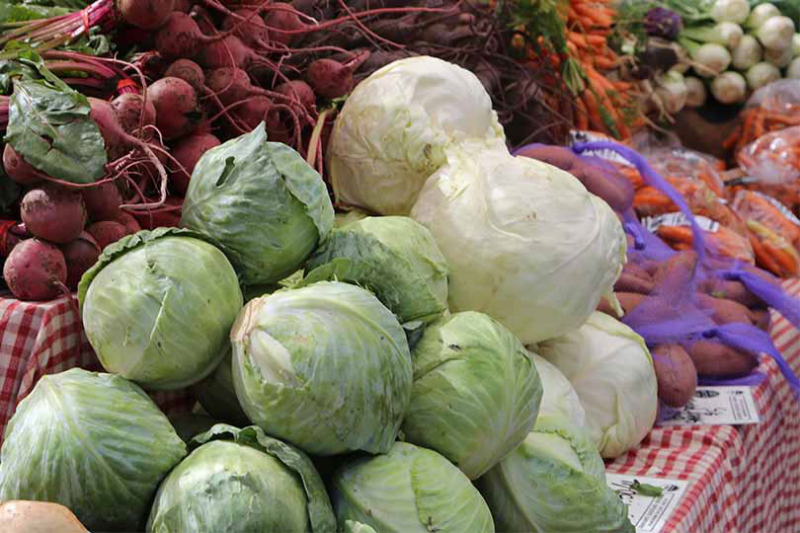The coronavirus (COVID-19) pandemic forced the closing of restaurants, schools and college cafeterias, causing a drop in demand for fresh food, which led to stockpiles of food on farms. At the same time, food banks are seeing record need but lack the supplies and supply chains required to meet the need.
Through the U.S. Department of Agriculture’s (USDA) Coronavirus Food Assistance Program, the agency is working to purchase food from farmers to help with the shortages at food banks.
USDA is authorized to spend $3 billion on food purchases that include fresh produce, specialty crops, fruits, berries, vegetables, dairy and meat protein to be distributed to Americans in need.
The distribution will be made in conjunction with the private sector and will go into food banks and other non-profit based and community operations.
According to USDA, the food purchases will begin with $100 million per month in fresh fruits and vegetables, $100 million per month in a variety of dairy products and $100 million a month in meat products.
“We applaud the USDA for empowering the private sector to help solve the challenges associated with harvesting, packaging and transporting millions of pounds of food from farms to food banks and other nonprofits working to ensure no one goes hungry,” American Farm Bureau Federation (AFBF) President Zippy Duvall said. “Every day that passes, fresh produce is being plowed under and milk is being disposed of while long lines form at many food banks. USDA is demonstrating a willingness to try a new approach to find solutions to these challenges. We stand ready to help in any way we can.”
USDA will contract with organizations wishing to purchase fresh produce, dairy, chicken and pork for delivery to nonprofits.
Deliveries to food banks are expected to begin by mid-May.
Click here for more information and details on USDA’s Coronavirus Food Assistance Program.

